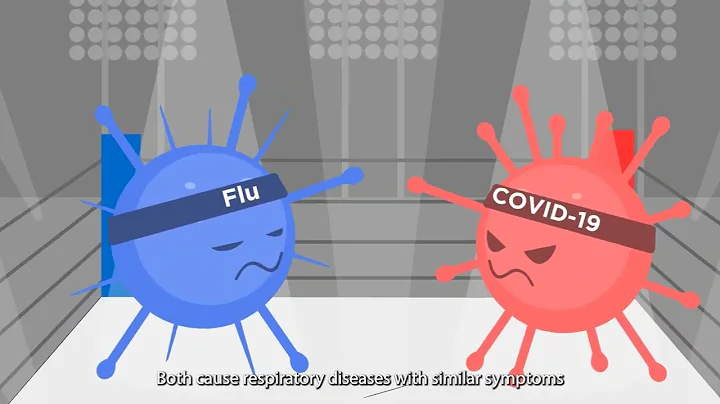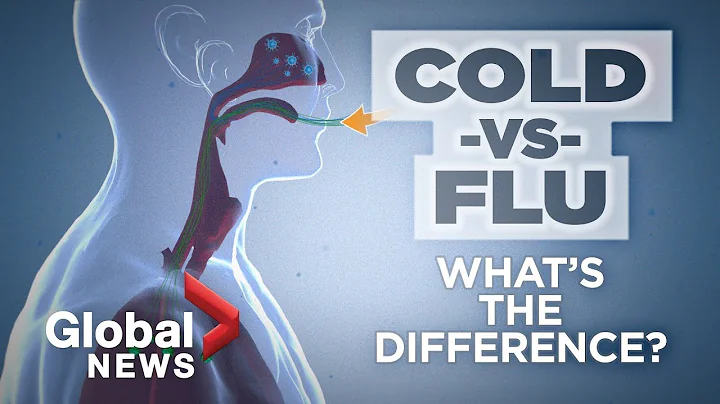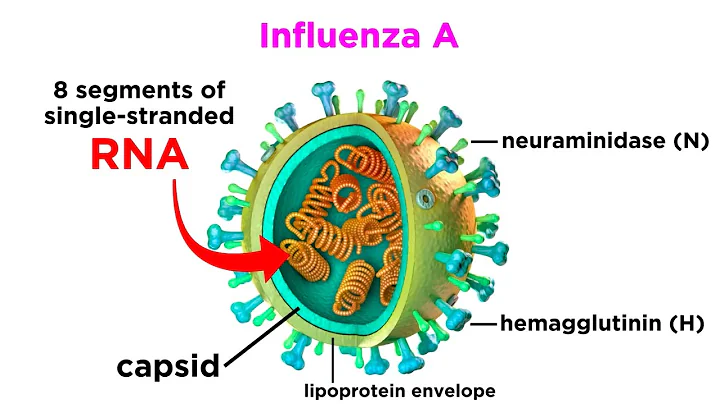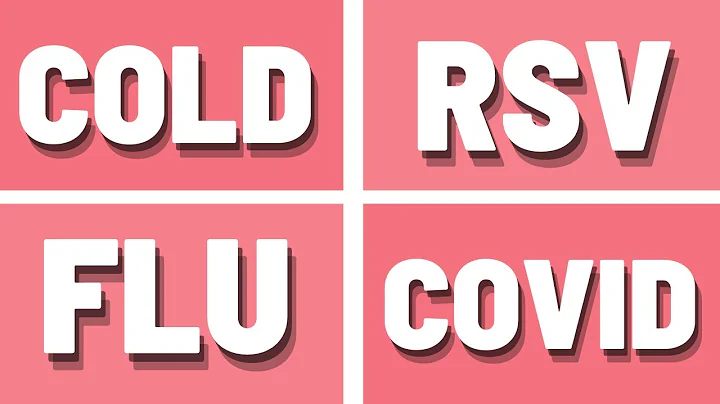The recent season of seasonal influenza is high.
"When one person has a fever, the whole family gets infected" occurs frequently.
Children are influenza susceptible groups.
Especially school-age children.
What are the "signs" of being infected with influenza virus ?
How to distinguish between influenza and common cold?
What should you do to prevent the flu?
Pediatric experts have something to say!

What is the flu?
Influenza is an acute respiratory infectious disease caused by influenza viruses. It is divided into types A (A), B (B), C (C) and D (D), among which type A and type B are the most common.
What are the "signs" that a child will have the flu?
Most influenza in children has an acute onset. The main symptoms are fever, with body temperature reaching 39~40°C. Symptoms such as sensitivity to cold, chills, headache, body muscle aches, fatigue, and loss of appetite may occur. Some children are often accompanied by cough, sore throat, runny nose or nasal congestion, and some have symptoms of nausea, vomiting and diarrhea, which are common in type B influenza.
Pediatric experts remind: During the period of high influenza incidence, if your child has the above symptoms, especially if there are similar symptoms or confirmed patients around you, parents should pay attention. The child may be infected with the influenza virus.
Most symptoms of uncomplicated influenza in children can be relieved in If your child develops persistent high fever, difficulty breathing, lethargy, or aggravation of existing underlying diseases, etc. , you should go to the hospital in time. How to distinguish the flu from the common cold? What should I do if my child has the flu? Early detection, early diagnosis, and early treatment (starting treatment within 48 hours of infection with influenza virus) are the keys to improving the cure rate and reducing the mortality rate of severe influenza. Antiviral treatment Suspected children with complications high-risk factors should be provided with antiviral treatment as soon as possible, and oseltamivir is the first choice for commonly used drugs in children. * Suspected children with high risk factors for complications mainly refer to: children under 5 years old (children under 2 years old are more likely to develop serious complications); those with the following diseases or conditions: chronic respiratory diseases (such as asthma , etc.) , cardiovascular system diseases (such as congenital heart disease , etc.), kidney disease, liver disease, blood system diseases, nervous system and neuromuscular diseases, metabolic and endocrine system diseases, malignant tumors, immune function suppression, etc.; obese people. Adjuvant treatment Antipyretic treatment In terms of diet, is recommended to eat easily digestible, water-rich foods, eat small meals frequently, and avoid excessive dietary restrictions when there is no severe diarrhea and vomiting. How to prevent the flu? General prevention: Keep the environment clean and ventilated , develop good hygiene habits, try to reduce contact with influenza cases during epidemic seasons, wash your hands frequently and take good protection ( Wear a mask, etc.). Vaccination: Influenza vaccination is the most economical and effective way to prevent influenza. It can significantly reduce the risk of influenza and serious complications. It is recommended for children over 6 months old to be vaccinated. Depending on the regional epidemic, it is recommended before November every year. Complete vaccination. Drug prevention : Anti-influenza virus drugs are important supplementary means and play an important role in the prevention of infection among family members. How to take good personal and family care? Hand hygiene is the most important measure to reduce the spread of influenza from person to person. Wash hands with non-medicated soap or water/alcohol-based hand sanitizer after contact with respiratory secretions or contaminated surfaces; cover your mouth and nose with a clean handkerchief or tissue, or with your sleeve when coughing. Use paper towels to clear respiratory secretions and dispose of them in the waste disposal bin. Clean your hands promptly after contact with respiratory secretions or contaminated surfaces; Get adequate rest, drink plenty of fluids, and eat a digestible and nutritious diet. Open windows regularly for ventilation to maintain indoor air circulation. Clean the floor regularly and keep it dry; Family members, especially the elderly and infants, should try to avoid contact with the patient and maintain a certain social distance. Wearing a mask can reduce the risk of transmission to a certain extent; The items used by the patient and the living conditions The room environment should be disinfected daily with chlorine-containing disinfectant, and hand towels should be thoroughly cleaned at least once a day. Waste generated by patients should be regarded as clinically infectious waste and needs to be cleaned up in time. Source: The First Affiliated Hospital of Guangzhou Medical University The copyright belongs to the original author. If there is any infringement, please contact us for deletion. to 7 days , but it often takes 1 to 2 weeks to recover from the child's cough and physical strength.


, 15 mg/kg each time, with a 6-hour interval between administrations.





















